Death Note 2 has a long way to go if it’s to erase the mistakes of the original – can it succeed? Originally an acclaimed manga series by Tsugumi Ohba and Takeshi Obata, Death Note received a typically faithful anime adaptation in 2006, which took the darkly wicked story of Light Yagami and his supernatural notebook to a much wider, international audience. Cinematic by nature, Death Note got the Japanese live-action treatment as early as 2006, but it was only a matter of time before Hollywood came calling. Rumblings of a western Death Note movie went unfulfilled for around a decade before firm plans were announced in 2015, with Adam Wingard directing.
Death Note ultimately premiered as a Netflix original in 2017, starring Nat Wolff as Light and Lakeith Stanfield as his nemesis, L. Though certainly not a disaster of Dragonball Evolution proportions, Death Note was met with largely negative responses, especially from those familiar with the source material. A few select elements aside (Ryuk looks fantastic, and Willem Dafoe is perfectly cast), precious little of the manga makes its way into the Netflix effort, and the curse of poor anime adaptations remained unbroken.
Nevertheless, a sequel is in the works. Formally announced in 2018, Death Note was obviously profitable enough to warrant a continuation, and Greg Russo (Death Note 2’s writer) recently provided an update. Russo confirmed that production is ongoing, and reaffirmed his commitment to be more faithful to the comics, noting his lack of involvement in the first film. Russo’s comments give reason to be optimistic that Death Note 2 might succeed where its predecessor fell flat, but what issues need fixing?
Relocate The Setting To Japan
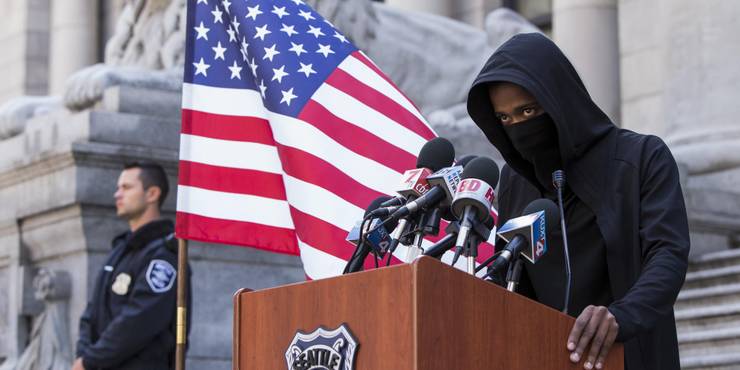
Even before Death Note landed on Netflix, the film’s setting acted as a glaring red flag. Arriving the same year as Ghost in the Shell, Death Note was part of 2017’s anime adaptation whitewashing backlash, switching the original Japanese setting for Seattle and casting non-Asian actors as explicitly Asian characters. The criticism that stained Death Note and other Hollywood releases prompted gradual change, and progress is now being made, with the likes of Mulan and Shang-Chi & The Legend of the Ten Rings working to avoid the same mistake. Death Note should follow suit, moving the action back onto Japanese shores where it belongs.
While whitewashing is reason enough for Death Note 2 to be set in Japan, the first Netflix effort proved beyond doubt how vital the Asian setting is to Death Note. The very concept of a Shinigami (on which Death Note is based) is a product of Japanese culture, and Light Yagami’s story encompasses family dynamics, celebrity idols, and societal values that don’t translate at all well to a western locale. Prior to release, Adam Wingard spoke openly about his mission to retell Death Note within an American context, but the result was an inferior tale, lacking substance in terms of mythology, relationships, and world-building. Death Note works about as well in a U.S. setting as The Good, The Bad & The Ugly would in west London.
Introduce A Different Kira (But Keep L)
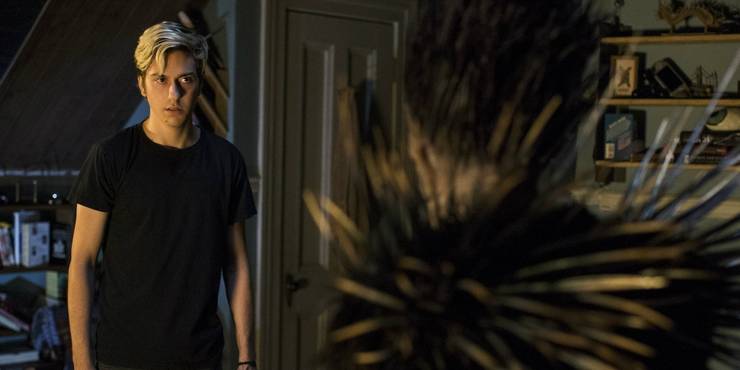
Death Note‘s premise allows a new story to begin any time some unsuspecting soul stumbles across a Shinigami’s notebook. Thus, Death Note 2 faces a dilemma – does the sequel continue Light Turner’s story, or do something completely new? A blend of both could be the best solution. Nat Wolff was not to blame for Death Note‘s failures, but the version of Light Yagami he was asked to play is a watered-down imitation of the devious antihero from the anime and manga. Light should be a popular, twisted genius with an almighty God complex, but Netflix’s protagonist was a goofy high-schooler who rode his luck, and never completely lost his way. Death Note 2 can introduce a fresh lead (perhaps even using the dropped Yagami surname for added authenticity) who’s far closer to the Light fans know and love. The newcomer could adopt the “Kira” mantle, but take a more serious approach to his murder spree, landing nearer to the manga’s Light than Wolff managed.
One character worth retaining (aside from Ryuk, of course) is Lakeith Stanfield’s L. Although still a distant relation to his comic counterpart, Stanfield had obvious potential as L, and could’ve excelled with a more faithfully written character. As a world-renowned detective, L’s presence in Japan is easily explained, and his experience with Light Turner provides the motivation for L to hunt down anyone who proclaims to be the “new Kira.”
Drop The Teenage Drama
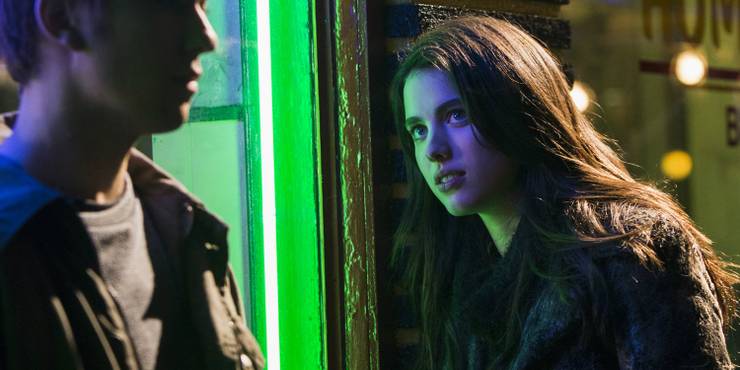
Many Death Note fans had a problem with the Netflix movie’s attempt to inject YA shenanigans into Light’s story. Although the original character is of high school age (which anime protagonist isn’t?), teenage antics play very little part in Death Note‘s narrative. If anything, school is an annoyance keeping Light away from his real work as Kira. Hollywood took entirely the opposite approach, seizing Light’s pubescent status as an opportunity to include all manner of teen movie tropes, from the classic “class misfit” angle, to being childishly rebellious on prom night. It’s an unwelcome and unnecessary addition to Death Note when more interesting ideas from the source material were allowed to gather dust, and rubs awkwardly alongside the macabre concept of a high school student turning into a self-righteous serial killer. Whether Death Note 2‘s protagonist is a high school student or not, the sequel should steer well away from cliched YA territory.
Let Kira & L Take Center Stage

At its core, Death Note is a deadly chess match between two young and morally challenged geniuses, one socially popular and holding a Shinigami’s killer notepad, the other an introvert determined to outsmart his opponent, whatever the cost. The clash between Light Yagami as an unstoppable force and L as an immovable object should be the beating heart of any Death Note adaptation, but the Netflix film sacrificed this relationship to spend more time developing Light’s dynamic with Mia, leaving the cat-and-mouse game between Kira and L drastically underdeveloped. Whoever assumes the role of Kira in Death Note 2, the story should revolve squarely around their rivalry with L, and the frightening desperation both have to “win” the battle of intellects. A cunning back-and-forth between murderer and detective would make Death Note 2 a more authentic experience.
Cerebral Horror Over Gory Horror
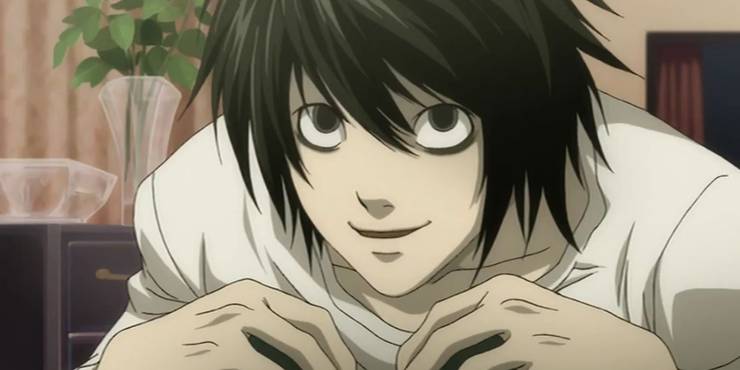
Netflix’s Death Note rightly determined that Ohba and Obata’s tale is not for kids. Unfortunately, Adam Wingard’s film misjudges the nature of Death Note‘s horror. In both the anime and manga, Death Note creates horror through sinister themes, creepy visuals and unsettling plot twists, resulting in a cerebral thriller that wouldn’t be out of place on Stephen King’s bibliography. Death Note the movie, on the other hand, cut a guy’s head in half with a ladder. This is far from an isolated incident too, as Light’s kills, more often than not, result in blood splatter and carnage, which contrasts completely with the subtler fury of Light Yagami – the delicate but deadly knife to Light Turner’s noisy chainsaw. Once again, Death Note resorts to a tired Hollywood trope, this time assuming that generating a mature and scary tone means folks must die in the most gruesome way possible. Told correctly, a Death Note story doesn’t need these tricks to deliver scares and suspense, and the sequel would benefit from a less gory philosophy.
Adapt Unused Manga & Anime Elements
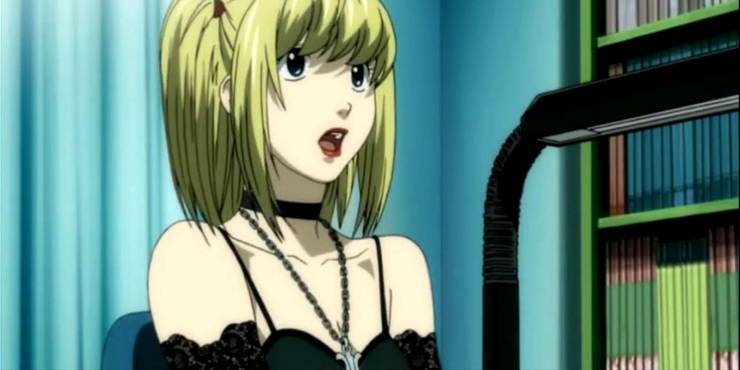
The big benefit of following an anime adaptation that didn’t actually adapt much anime is that there’s plenty of material going spare. Death Note 2 can’t introduce the world’s first Kira, its lead character can’t have a father in the police, and L’s assistant is unable to die a second time, as those bases were all covered in 2017. But Death Note 2 can resurrect the idea of Kira joining the police and “investigating” himself while hiding in plain sight. The new Kira could also have an accomplice more faithful to the Misa Amane character than Mia Sutton – a misguided celebrity whom he exploits and manipulates in pursuit of a darker aim.
Netflix’s Death Note failed to recreate the sense of Kira attaining a global influence, and this too could be explored in the sequel, with the new Kira desperate to outdo his American predecessor on every level (a fitting analogy for the sequel itself). In Netflix’s continuity, a totally faithful Death Note movie is, sadly, out of the question. Shinigami toothpaste doesn’t go back into the tube, after all. But picking up those forgotten comic book storylines would keep Death Note 2 close to the hearts of a fan base that has learned to have low expectations from Hollywood anime adaptations.
About The Author




